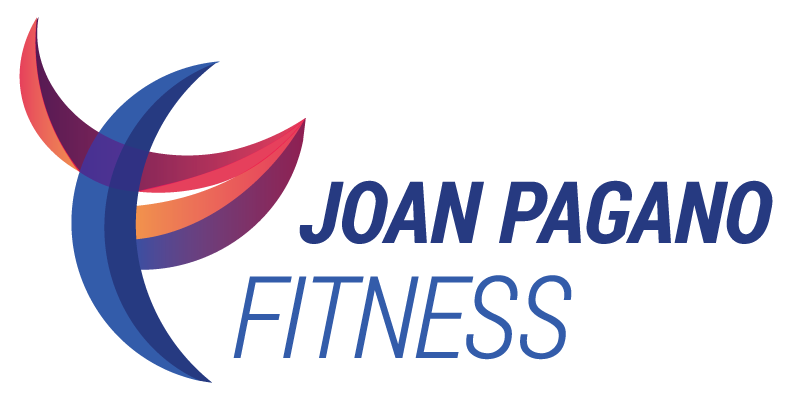Run for the Hills
Years ago, a friend encouraged me to try running. She made it sound so invigorating to gear up and be out in nature, jogging along the reservoir path in Central Park, under a beautiful canopy of trees that change with the seasons. It looked easy enough, until the first time, when 1.6 miles stretched out before me like a marathon. Plugging away, I made it, and, over time, it gradually became easier to run around the reservoir.
Later I met a woman who inspired me to try a marathon. She was not built like a runner, did not have the long legs and lithe body of many runners, and yet was an accomplished marathon runner. I thought, if she can do it, so can I! We became running partners, participating in the training runs for the NYC Marathon. With her encouragement and support, I eventually completed seven marathons before deciding to return to more moderate exercise.
Today, running is still an important part of my life. My runs are usually about 30 minutes at a moderate pace. So, what is it about running that has such an attraction for so many people? What kind of “magic” does it work on your body and mind to create a hold on you?
To start with, there’s the “runner’s high,” the release of endorphins and feel-good chemicals that accompany physical activity. As natural stress and pain fighters, endorphins create a positive feeling in the body, leaving you feeling exhilarated and calm. Endorphins can kick in during a run (or other cardio exercise), after a workout or both.
Running is very effective for weight control. To burn the same calories walking as running, you have to walk one and a half times as far, which takes about twice as long. And even when energy expenditure is matched (walkers burning the same number of calories as runners) one study found that runners control their weight better over the long term. Especially notable for aging adults, runners over age 55 maintained their body mass and waist circumferences better than their age-matched walkers.
In terms of cardiovascular health, runners have less risk of high blood pressure, unhealthy cholesterol levels, diabetes and heart disease than sedentary peers. The heart is a muscle and as the exercise raises your heart rate, it becomes stronger, able to pump more blood with each beat. As your circulation speeds up, the accelerated blood flow helps maintain elasticity in the blood vessels.
For cognitive function and creative thinking, running increases blood flow and blood pressure, sending more energy and oxygen to your muscles and organs, including the brain. This process allows your brain to function at a higher level because it activates the hippocampus, a part of the brain critical for learning and memory. Studies show that aerobic exercise can actually reverse hippocampal shrinkage, which occurs naturally with age, and consequently boost memory in older adults.
Running is an excellent choice for strengthening your bones, since it is a high impact, weight-bearing activity. Weight-bearing activities make you move against gravity, while high impact means that both feet are off the ground at the same time. As you run or jog, when your foot strikes the ground, you resist the force of gravity with multiple times of your body weight with each stride. This is only appropriate if your bones and joints are healthy.
Running is not for everyone! If you have joint issues – such as ankle, knee, hip or low back problems - you need to pick activities that will not exacerbate them. If you’ve been diagnosed with osteopenia or osteoporosis, choose low-impact activities that will not jar the bones. If you have breathing or heart issues, or are recovering from illness or injury, follow your doctor’s advice for exercise.
How to get started running: Begin with a walking program of 30 minutes 5 days a week. Gradually add intervals of faster-paced walking, maintaining the same distances. To improve your aerobic capacity, add stairs and inclines into your walking route. When you are ready, add intervals of jogging (slow run). Increase intensity and length of intervals gradually. Stretch your legs after every workout.
When you are ready to advance: This is the most fun. Once you have built up your cardio capacity and have a foundation of strength in your running legs, start doing some more focused interval training. You can time your intervals or use landmarks to space them out. Initially try doing a 1:1 ratio of exertion to rest (one minute of exertion to one of rest); then try doing 2:1 (more exertion than rest!) If using landmarks, go one lamp post to one lamppost (1:1), then two lampposts exertion to one of rest (2:1).
Run for the hills, And then you can also challenge yourself with a hilly course that offers automatic intervals of stress and recovery.
For more on High-Intensity Interval or “Burst” Training, please see this blog post.
For my tips on How to Avoid Injury click here.

